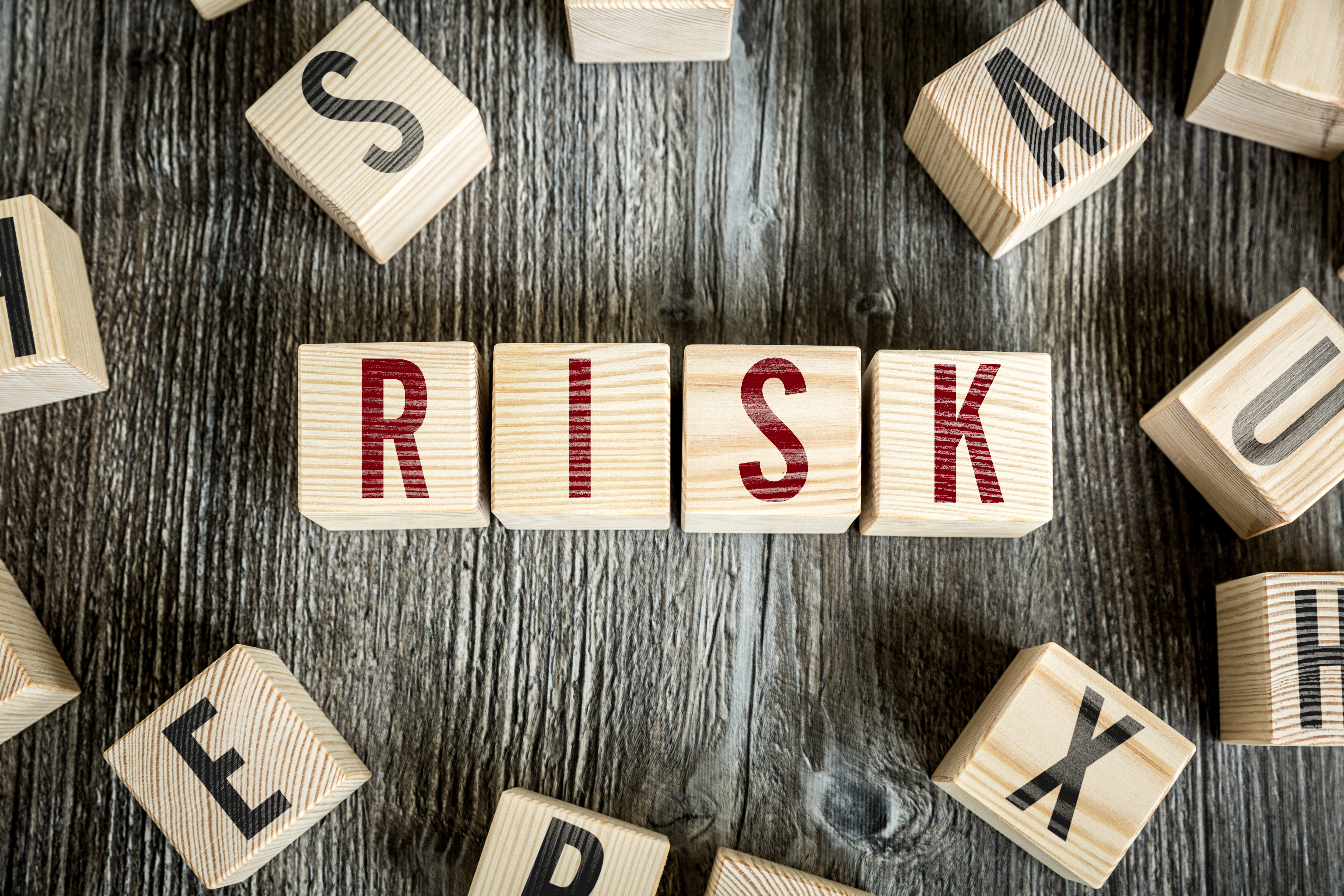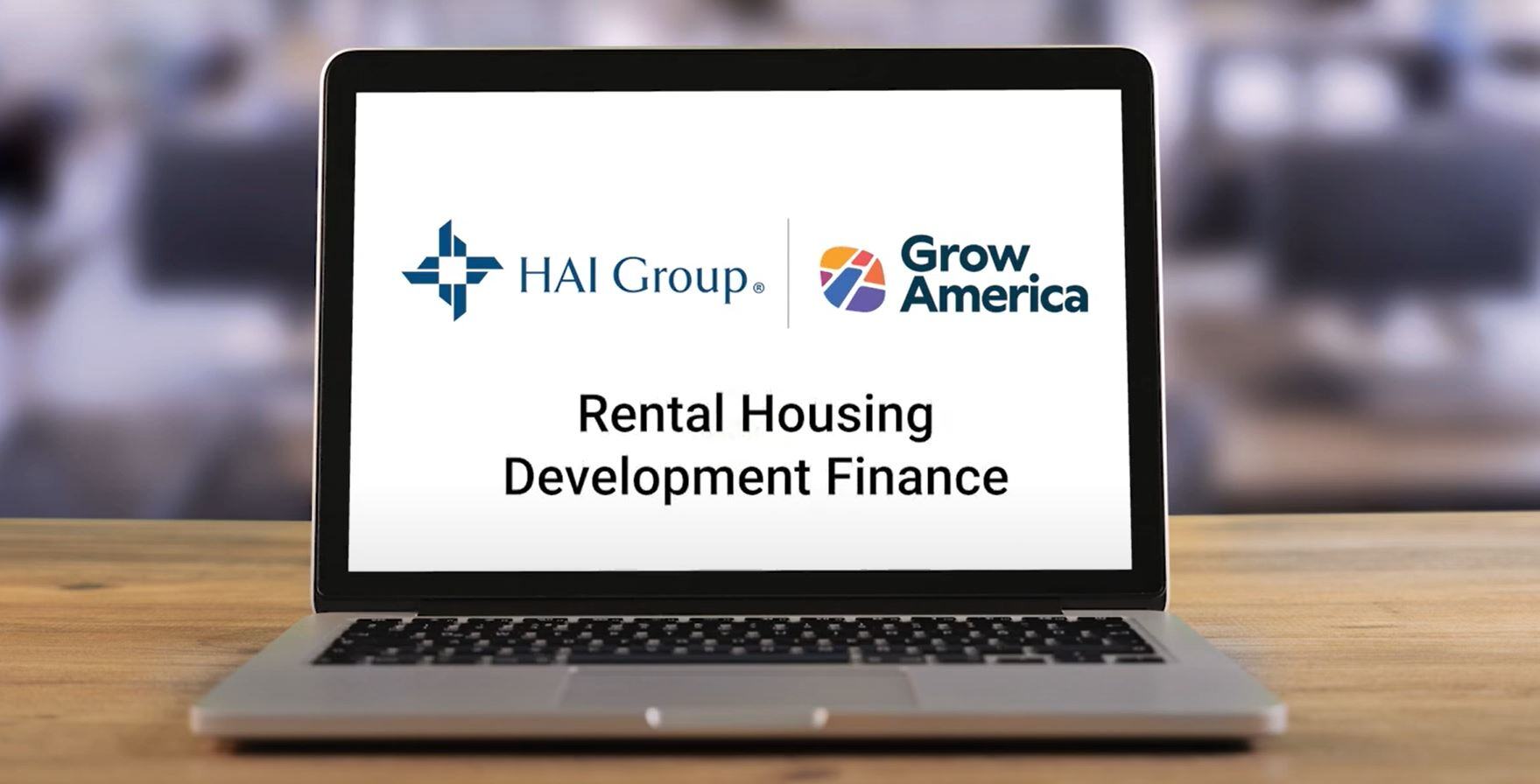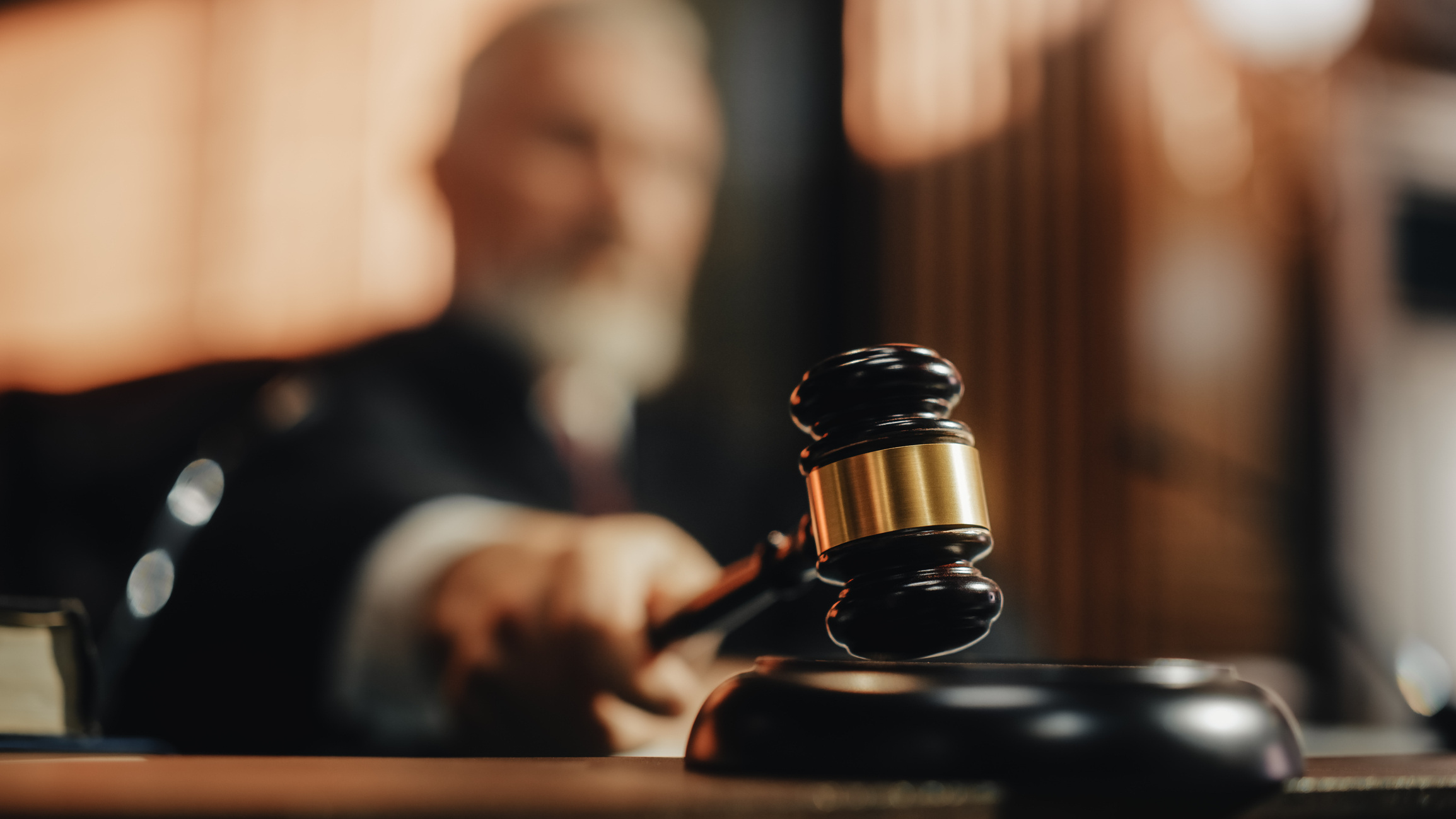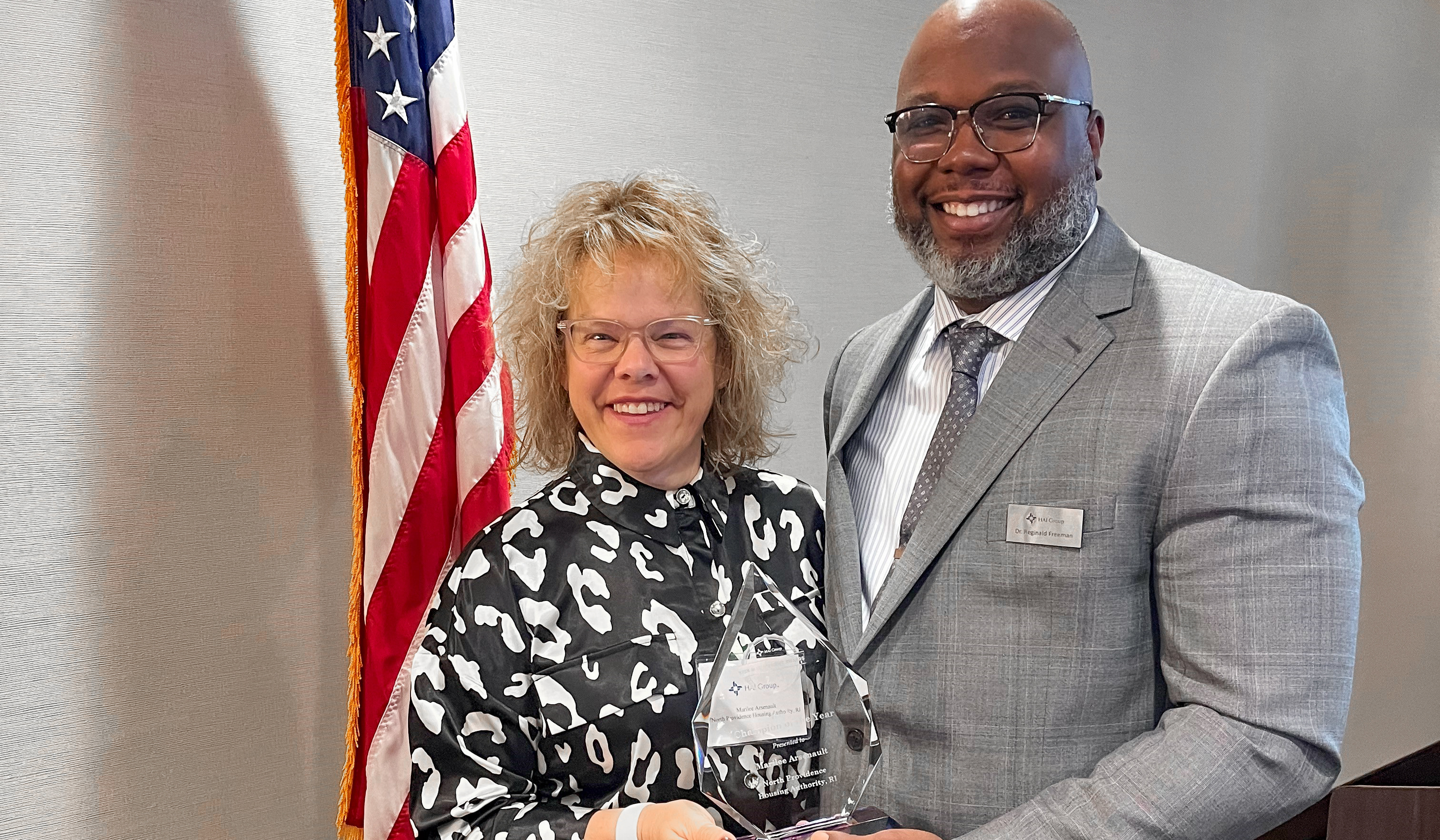HAI Group has seen an increase in the frequency and severity of several different loss areas. Over recent years, this trend has included a rise in fatal building fires and security-related issues such as shootings and assaults.
In response, HAI Group’s Risk Control and Consulting team developed a list of the top ten do’s and don’ts to help members manage and mitigate these types of losses.
Do’s for Mitigating General Liability and Property Losses:
-
Do conduct inspections at least semi-annually, including common areas, maintenance/mechanical areas, roofs, and units. Maintain documentation of inspections for at least three years per HUD regulations.

-
Do test the functionality of all smoke and carbon monoxide detectors within units on every work order, regardless of the nature of the original work order. Document these tests on all work order forms and continually train staff on this protocol.
-
Do install hard-wired smoke and carbon monoxide detectors in units and buildings. This measure eliminates the possibility of residents tampering with detectors and removing batteries. Detectors should be interconnected so when one sounds, they all sound.
-jpg.jpeg?width=450&name=GettyImages-157315160%20(1)-jpg.jpeg)
-
Do maintain all life safety and fire protection systems within buildings per NFPA standards. Test all components, including emergency pull cords and self-closing devices on unit doors, and maintain testing documentation.
-
Do establish a relationship with your local fire department and have them conduct a walk-through of your buildings to ensure familiarity. Discuss procedures for closing water supply valves to help with water mitigation after an accidental sprinkler system discharge.

-
Do educate residents on emergency evacuation procedures. Ensure they know how to exit the building during an emergency and where to go.
-
Do have a post-event emergency plan. Secure special pricing at local hotels for displaced residents and work with local schools and churches to temporarily shelter displaced residents. Have a plan to ensure all building residents are accounted for during an evacuation.

-
Do install fire suppression devices on unit ranges to prevent severe damage from cooking fires.
-
Do secure and monitor vacant units and buildings to prevent unauthorized access. Winterize vacant units and shut off utilities to reduce the risk of property damage.
-
Do have a plan to address property security. Potential solutions include video surveillance, patrolling, and secured entrances.

Don’ts for Mitigating General Liability and Property Losses:
-
Don’t have non-functioning security cameras. These may provide a false sense of security.
-
Don’t allow residents to prop doors open, as the risk is two-fold. Propping open an exterior door allows for unauthorized individuals to enter the building. Propping open interior doors, such as unit and hallway doors, allows a fire to spread faster throughout the building.

-
Don’t allow unauthorized employees to speak to the media. Establish a written communication policy outlining the process of handling media inquiries and identifying the employee(s) designated to speak with the media. Any employee speaking to the media must receive relevant training and consult with legal counsel beforehand.

-
Don’t allow residents to tamper with smoke and carbon monoxide detectors. Enforce this through written lease agreements and continually educate residents on the dangers of non-functioning smoke detectors.
-
Don’t block emergency exits and evacuation routes. Provide resident education on the dangers of blocking exits within their units.

-
Don’t allow small problems to lead to bigger, costlier issues. For example, don’t ignore a minor roof leak as it can likely lead to more expensive problems down the road.
-
Don’t ignore residents’ concerns. Have a method for residents to report hazards and other safety concerns to management.
-
Don’t assume your building staff is aware of all procedures and hazard identification. Provide ongoing training to enforce your policies and protocols.
-
Don’t allow the accidental discharge of fire protection sprinklers to cause unnecessary damage to your building. Work with your local fire department or authority having jurisdiction (AHJ) to discuss options for closing water supply valves connected to the fire protection system.

-
Don’t let life safety systems go ignored. For example, failing to inspect in-unit emergency pull cords can lead to liability concerns should a resident use the feature in their unit during an emergency, and it fails to send the proper notification. Pull cord systems may lead to a false sense of security, especially if the system only rings locally and relies on surrounding residents to call emergency services. If an emergency pull cord system is not functioning and unrepairable, it should be removed.
Contact our Risk Control and Consulting team for more resources and answers to your housing organization’s risk-related questions.
Interested in working with HAI Group? Have questions about your coverage? Our Account Services team is ready to assist you
This article is for general information only. HAI Group® makes no representation or warranty about the accuracy or applicability of this information for any particular use or circumstance. Your use of this information is at your own discretion and risk. HAI Group® and any author or contributor identified herein assume no responsibility for your use of this information. You should consult with your attorney or subject matter advisor before adopting any risk management strategy or policy.
HAI Group® is a marketing name used to refer to insurers, a producer, and related service providers affiliated through a common mission, management, and governance. Property-casualty insurance and related services are written or provided by Housing Authority Property Insurance, A Mutual Company; Housing Enterprise Insurance Company, Inc.; Housing Specialty Insurance Company, Inc.; Housing Investment Group, Inc.; and Housing Insurance Services (DBA Housing Insurance Agency Services in NY and MI).







